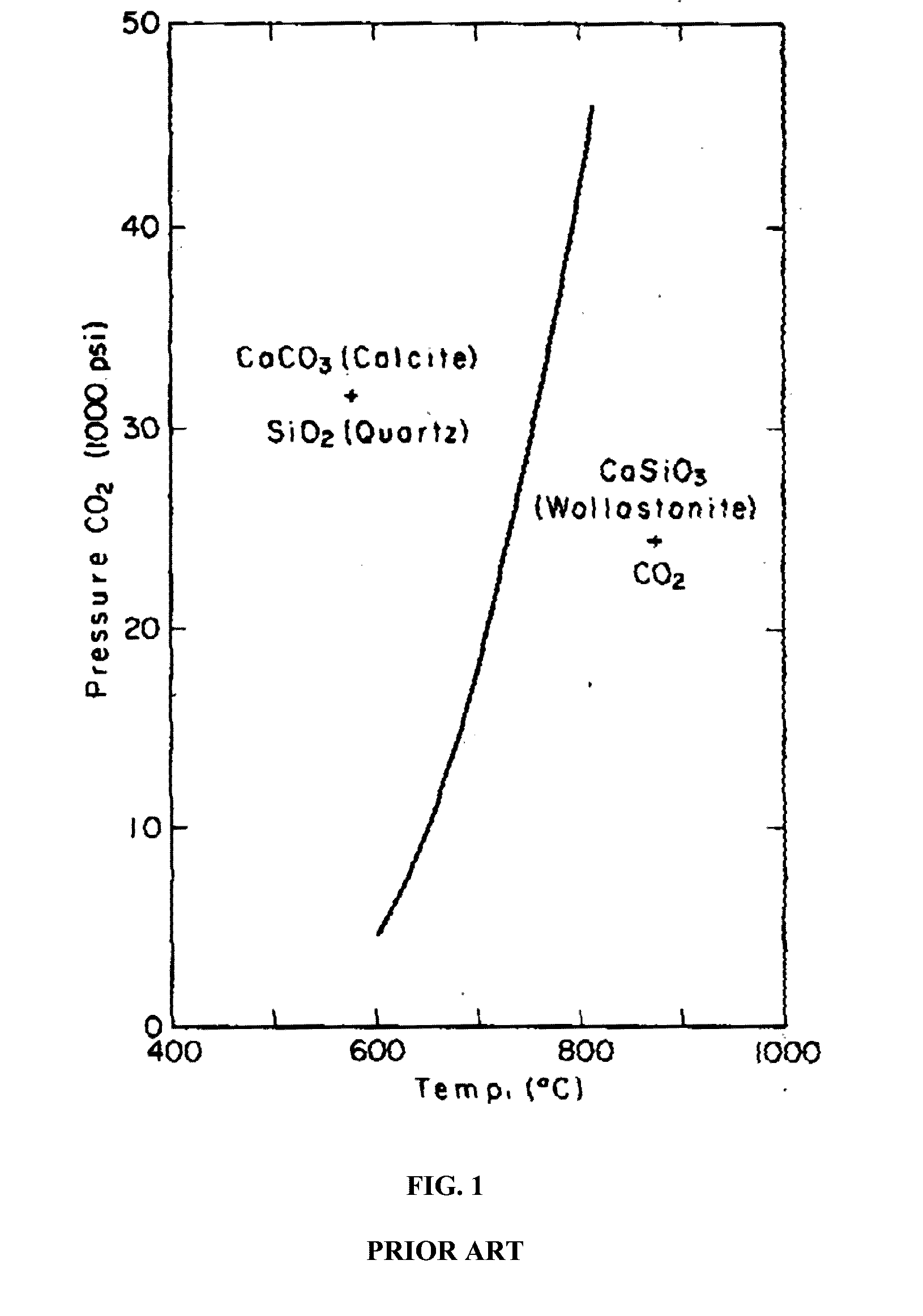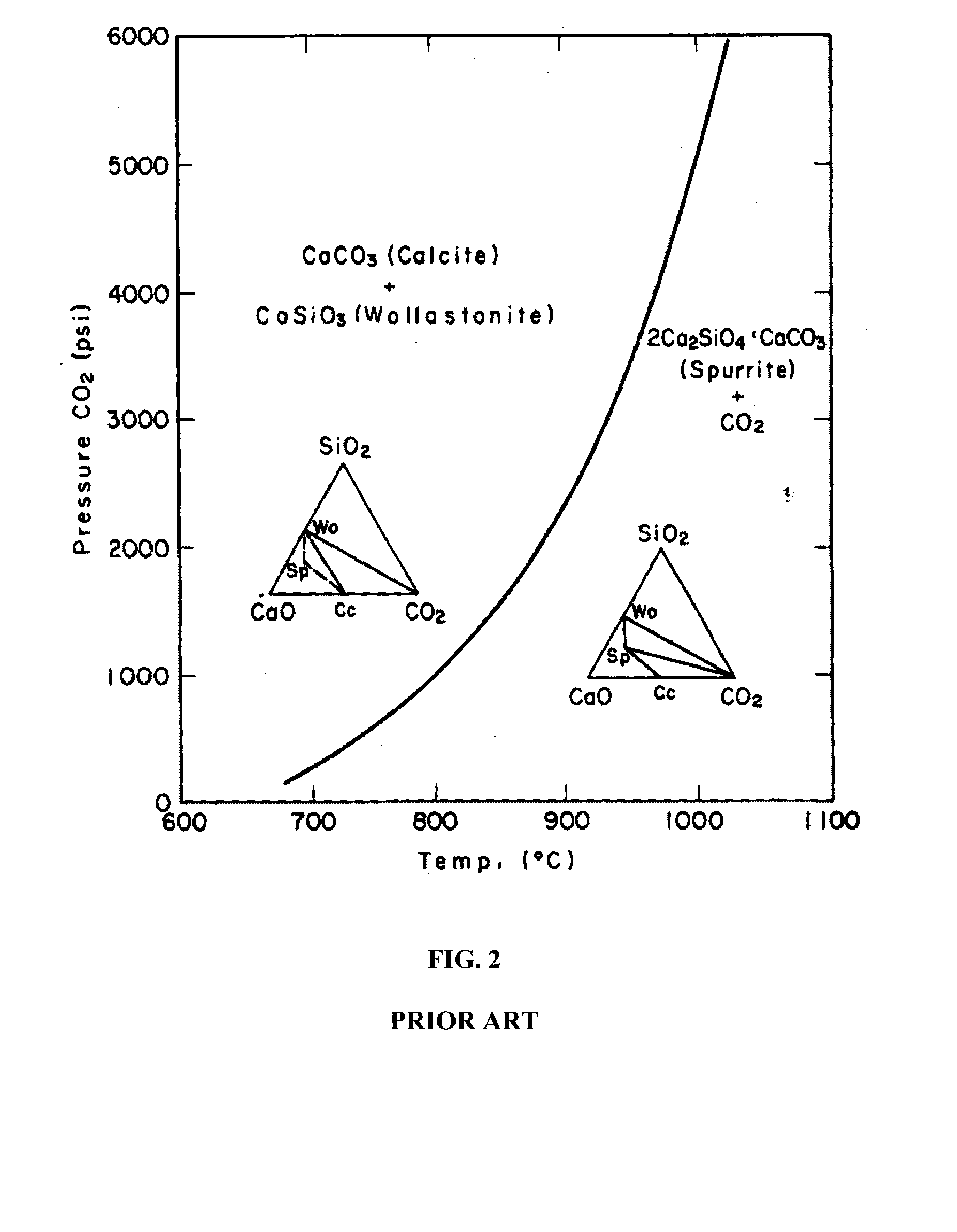Hollow-core articles and composite materials, methods of production and uses thereof
a technology of hollow cores and composite materials, applied in the direction of cement production, manufacturing tools, building components, etc., can solve the problems of unfavorable carbon footprint, unoptimized hollow core objects of concrete, unfavorable economic and environmental impact, etc., and achieve excellent physical and performance characteristics
- Summary
- Abstract
- Description
- Claims
- Application Information
AI Technical Summary
Benefits of technology
Problems solved by technology
Method used
Image
Examples
example 1
Curing a Hollow-Core Slab Using the Desorption Isotherm Method
Mixing
[0129]A Sicoma TO8 Series planetary mixer (model MP 250 / 375 WWWSW) was used for mixing the components of the concrete mix design. The planetary speed was 18.5 RPM. Filler material in the form of 293.8 kg of ¼″ Aggregate and 160.3 Kg of sand were dry-mixed for 90 seconds. Five Kg of water, 168 g of Glenium 7500 admixture (BASF) and 120 g of air entrainment admixture were added to the dry-mix and the combination mixed for an additional 90 seconds. Binder in the form of 80.1 Kg of Solidia cement (Solidia Technologies) (4% Pseudowollastonite, 19% Wollastonite, 13% Larnite, 2% Calcite and 62% amorphous oxides) was added to the wet material in the mixer along with an additional 16 Kg of water. The combination was mixed for an additional 90 seconds. The final moisture content of the mixture was found to be 3.68% as measured with a Sartorius MA100 moisture analyzer. A total of three such batches were transferred to an extru...
example 2
Curing a Hollow-Core Casting Using the Adsorption Isotherm Method
Mixing
[0136]The mix design consisted of six solid components: (1) ⅜″ aggregate, 29% (2) ¼″ aggregate, 15% (3) 2 mm crushed quartz, 12% (4) construction sand, 20% (5) marble white 200, 11% and (6) NYCO 400 wollastonite 13%. The components were “dry” mixed in a Kercher Industries 12″ lab-scale mixer for 2 minutes. Water (570 g) with gum additive was added to the dry components and the resulting mixture mixed an additional 4 minutes. More water (265 g) was added and the mixture mixed an additional 4 minutes. Finally, more water (260 g) was added and the mixture mixed an additional 2 minutes.
[0137]The wet mixture was cast in a 4″×4″×20″ rectangular mold with the long dimension placed horizontally. A 2″ diameter×20″ long pvc pipe that had be wrapped in waxed paper was secured in the center of the mold so as to form a 2″ diameter core along the length of the casting. The concrete mix was cast in 6 layers with 30 secon...
PUM
| Property | Measurement | Unit |
|---|---|---|
| Temperature | aaaaa | aaaaa |
| Temperature | aaaaa | aaaaa |
| Temperature | aaaaa | aaaaa |
Abstract
Description
Claims
Application Information
 Login to View More
Login to View More - R&D
- Intellectual Property
- Life Sciences
- Materials
- Tech Scout
- Unparalleled Data Quality
- Higher Quality Content
- 60% Fewer Hallucinations
Browse by: Latest US Patents, China's latest patents, Technical Efficacy Thesaurus, Application Domain, Technology Topic, Popular Technical Reports.
© 2025 PatSnap. All rights reserved.Legal|Privacy policy|Modern Slavery Act Transparency Statement|Sitemap|About US| Contact US: help@patsnap.com



